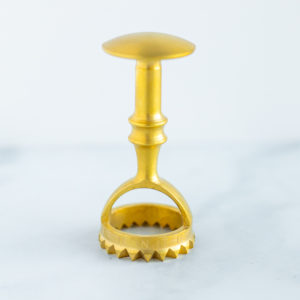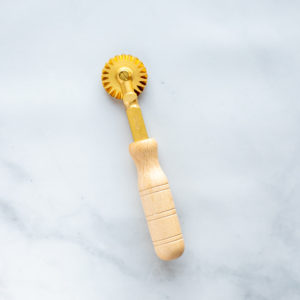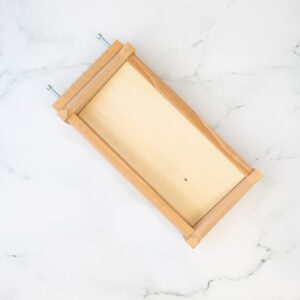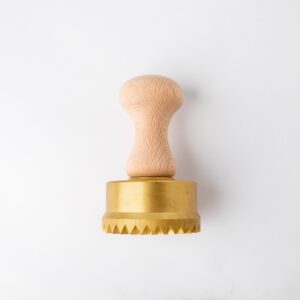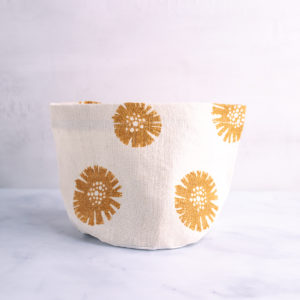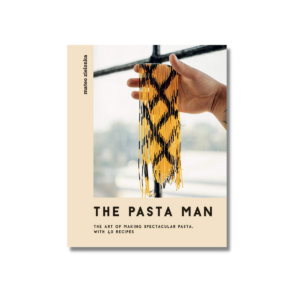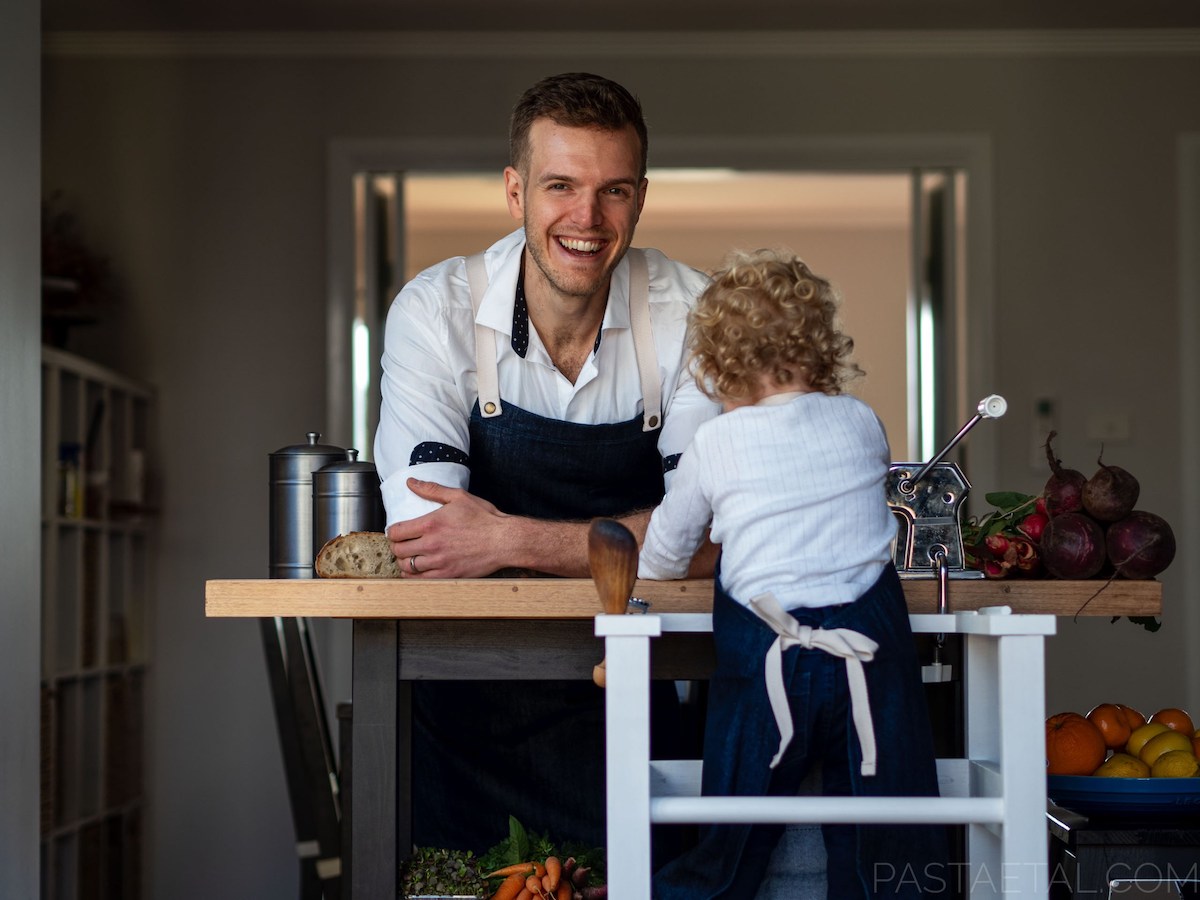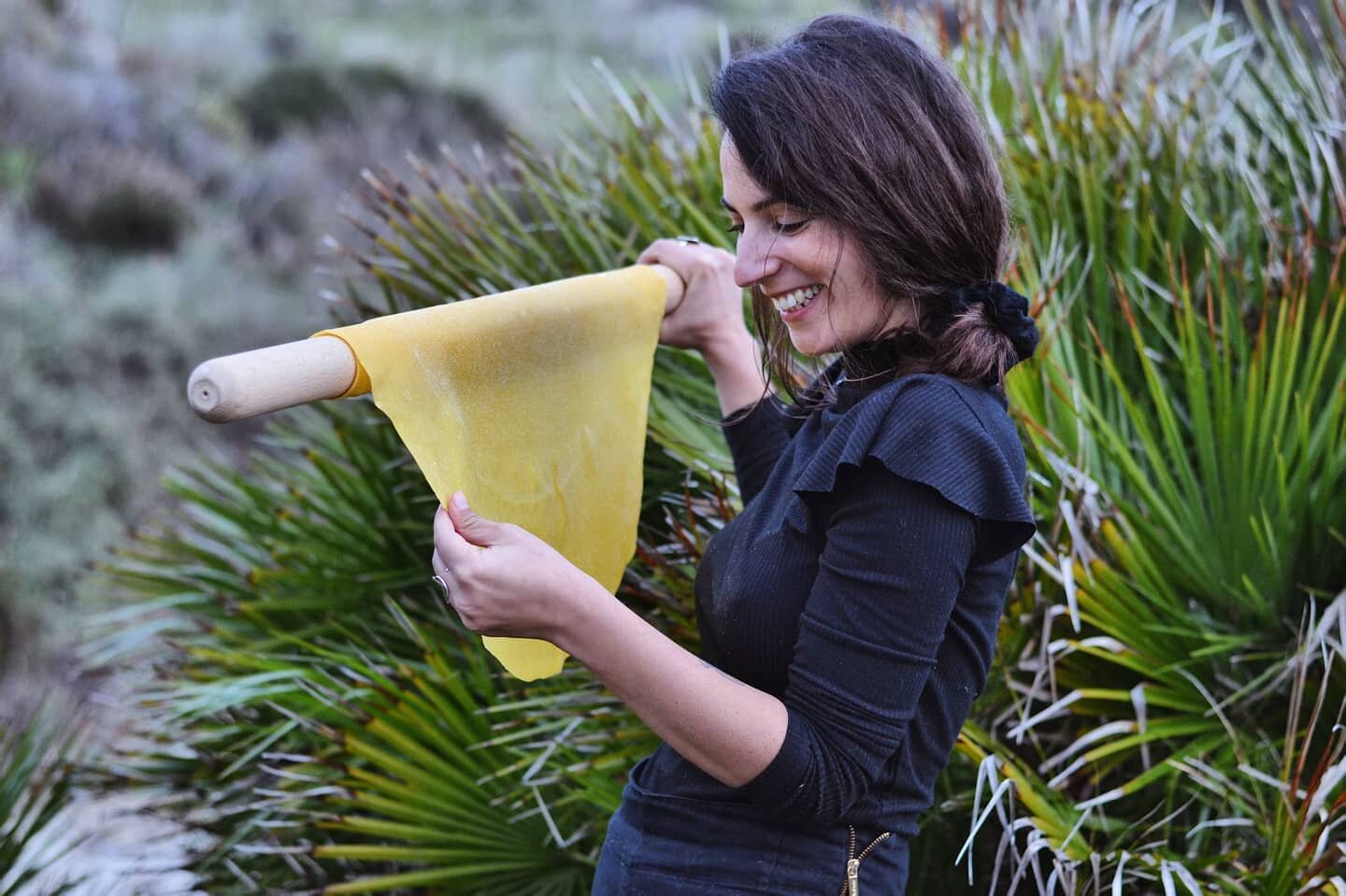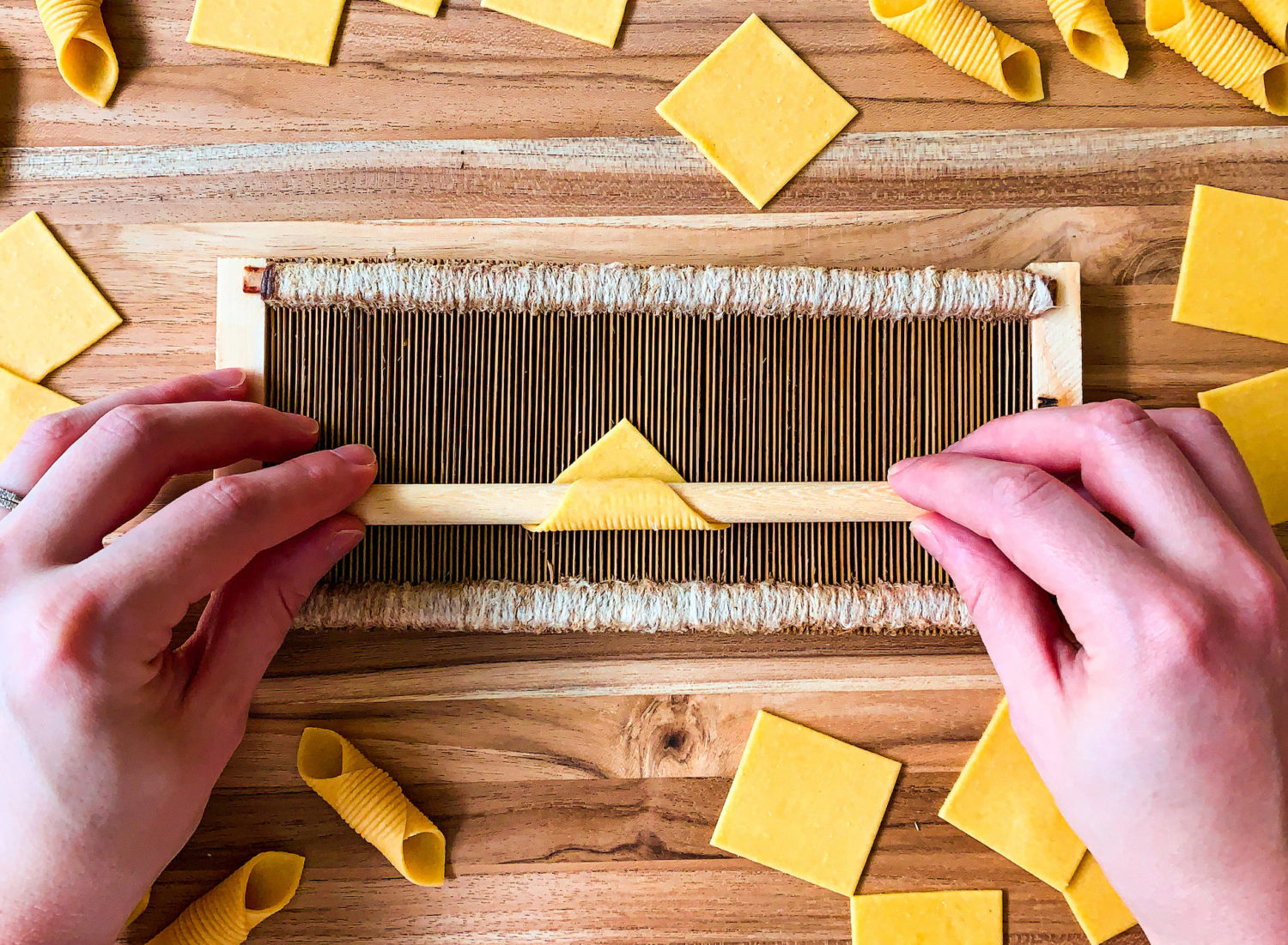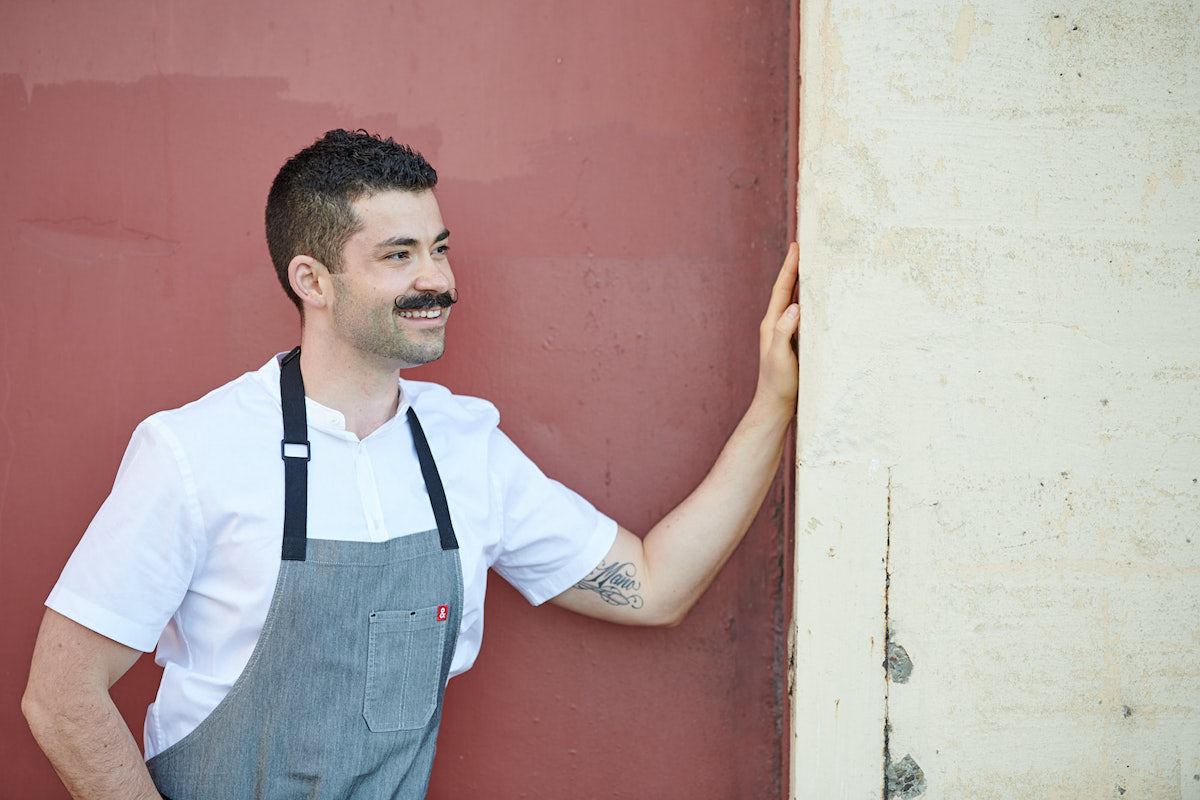
An interview with Chef Joe Sasto: Mastering the art of pasta from unexpected places
Chef Joe Sasto shares his Michelin-star advice for making better pasta and finding culinary inspiration in unexpected places.
Note: you can also watch our IGTV video interview with Chef Joe Sasto here.
Tell us a little bit more about Joe Sasto.
I’m a chef based in San Francisco, CA. I spent most of my career in two and three-star Michelin restaurants. I also spent a little bit of time on Top Chef and Chopped.
I’m most known for pasta making, although people may not realize that I also spend a lot of time cooking things other than pasta in restaurants. Still, here on Instagram, pasta is at the forefront.
How did you get into pasta-making?
I grew up in an Italian-American family so pasta was a huge staple that we ate multiple nights a week. As a kid, I hated it. I was one of the annoying sons that was like “I don’t want pasta. I want tacos. Can we have anything else but pasta?” It’s funny how the world works because now I make pasta almost every single day and I absolutely love it.
It wasn’t until I started working at Quince here in San Francisco, that I really fell in love with the art of pasta making and I just went deep down the rabbit hole as soon as I got a taste of it. There’s a never-ending pursuit of knowledge to explore when it comes to pasta!
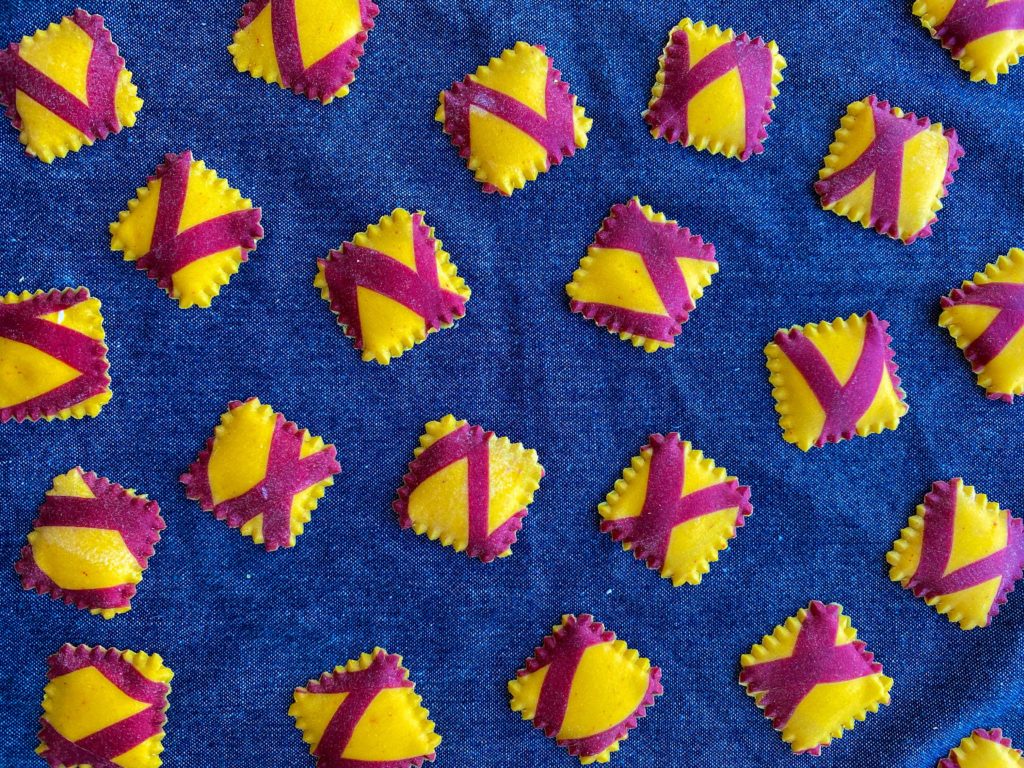
So how exactly did you learn how to make pasta?
I was a cook on the pasta station at Quince. A part of my job was to make sure there was enough of each pasta shape for my shift. Sometimes we would run out of a shape, so I would spend a big chunk of my day with the pasta makers to help them and make sure all of the prep and production was done. It was an interesting process because they all spoke Spanish, but pasta was our common language. They would teach me how it should be done without actually using words, but rather through touch and feel.
.
You seem to really push the boundaries when it comes to pasta dishes. Tell us more about your pasta style and how it developed into what it is today.
I definitely push the boundaries. I spent a long time learning the rules and traditions of Italian cuisine. Anyone who has spent time learning about Italian cuisine knows how rigid it can often feel. For example, someone might say “This shape can only have this filling or only use this cheese.” I learned all of that and it drove me crazy. Now all I want to do is break all of those rules and find a new way to reinterpret all of those traditions to make them my own.
A lot of my inspiration comes from my partner, Bella. She has this creative mind and is really in tune with her inner monologue and nature and the world around her. She’ll often have this crazy idea and as I start to process it and think about it over a number of days, I’m like “Actually, that could be really good!”
One of my other go-to forms of inspiration is behind the idea of “what grows together, goes together.” I’m a big fan of alliteration. So I’ll take two ingredients that start with the same letter and try to use them in a recipe. They might be two things that you never find together, so it’s a fun source of inspiration.
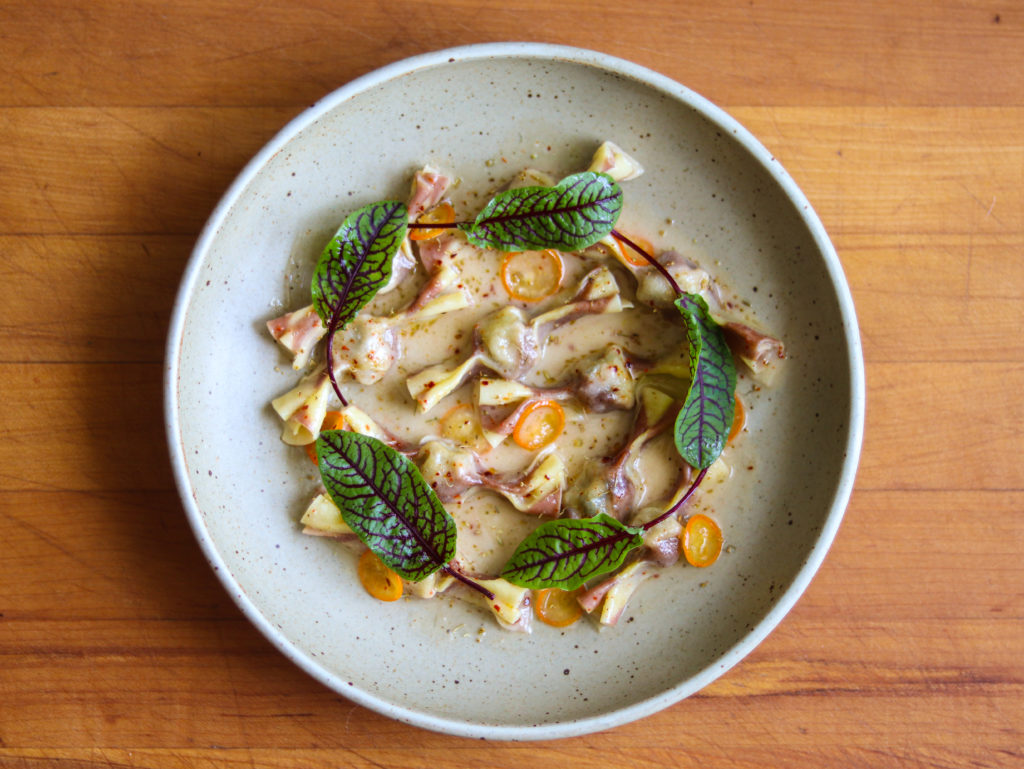
What’s your go-to pasta dough recipe?
There are two family trees of pasta doughs: flour-and-water-based doughs (great for cavatelli, orecchiette, pici) and egg-based doughs (good for tagliatelle, fettuccine, and filled pasta).
For a flour-and-water dough, I use a blend of flours: half semola rimacinata and half double zero. I like the blend of the hard and soft wheat. I usually go about 50% hydration of warm water and no salt. I may adjust things depending on the flour I’m using.
On the other hand, for egg-based pasta, I prefer an egg yolk-laden dough. I really like the color and the texture, and I find it much easier to work with. Egg whites add protein which then adds extensibility and elasticity. For a new pasta maker, it can be really hard to work with a dough that’s very stretchy and too easy to manipulate. Egg yolks add more fat, inhibit gluten development, and make for a much more tender, soft, and supple dough that I find is more enjoyable to cook, to eat, and to work with.
I usually go with 325 grams 00 flour, 3 whole eggs, and 3 yolks. Of course, this all can vary depending on the size of your eggs, the size of your yolks, the type of flour, where you live, how humid it is outside, etc.
What ingredients do you like to use when you make your pasta dough?
One of the things I learned early on is to look at wheat like a vegetable and not this dry, shelf-stable product. If you’re making soup, you wouldn’t use two-year-old carrots. You would want the freshest carrots. I think of pasta dough in the same way. You only have two ingredients, so you want the freshest eggs possible and the freshest flour possible.
I either mill my own wheat or work with a local mill. It makes a life-changing difference, granted the ratios change drastically when you’re using fresh wheat. If you don’t smell your flour as soon as you add liquid to it, consider getting a different flour. There’s so much flavor and smell that’s often lost in a bag of flour that’s sitting on the shelf for who knows how long.
Any tips for beginner pasta makers?
Don’t time yourself when you’re kneading the dough. Often the time recommendation in a recipe is there because the recipe writer has to include a time. That number is only relevant to how efficient you are at kneading. If you’re an efficient kneader (you’re working quickly and you have a lot of upper body strength), you could be done in 8 minutes. But if you’re not efficient, it could take you half an hour. Don’t rely on the recipe time, rely on your senses. Finish kneading when the dough is elastic, smooth, and has a nice bounce to it.
How do you fix a dough that’s either too wet or too dry?
I find that it’s easier to fix a dough that’s too dry, than too wet. To avoid having a dough that’s too wet, slowly add the eggs or water–don’t add it all at once. I like to think that the first 2-3 minutes of mixing is your window to make adjustments. After that, it’s very hard to make an adjustment because the flour is already partially hydrated.
If you notice that it’s too dry, keep in mind that hydration doesn’t happen instantaneously. Give it a second to come together. But if you need to add liquid, wet your hands or use a mister to incorporate more water.
What shapes do you recommend for beginners?
I like to get people started on a square ravioli or triangoli. It gets you started on the sealing process. A lot of people use the pads of their fingers, which are soft and squishy, to seal the pasta together. But instead, if you use the side of your index fingers or side of your thumbs, which are firmer, you can form nice straight edges around the pasta filling. Learning that technique will help you get those nice perfect, geometric shapes.
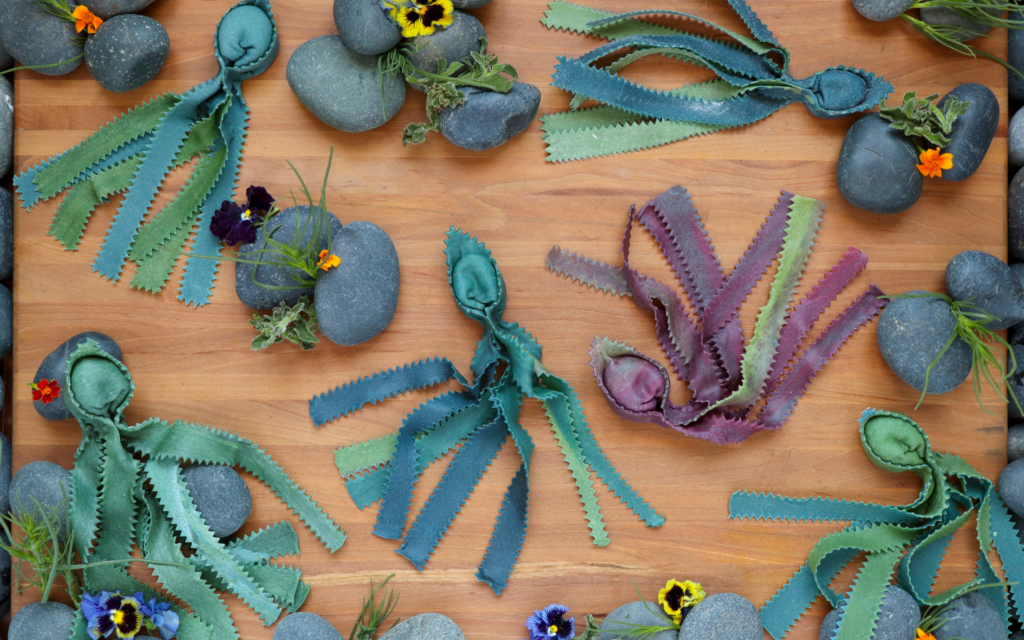
What kinds of pasta tools do you have in your arsenal and which is your favorite?
I love a good water mister spray bottle. It seems like such a simple tool, but it’s so valuable. It’s to the point that I always travel with a mini spray bottle. It’s good for gently applying water to your dough, to herbs, or anything that needs that fine mist.
How do you store your fresh pasta?
While it works and you can do it, in theory, frozen pasta is not as good as fresh pasta. When you freeze pasta, the water inside expands and turns into tiny jagged pieces of ice that rip up the inside of your dough. As you go to cook your frozen pasta, the water disappears and turns into holes.
The one caveat to frozen pasta is that a lot of restaurants and kitchens have a blast chiller. So when they put their pasta in there, the water doesn’t have a chance to expand and it essentially preserves the pasta in its natural state. It’s just as good as fresh pasta.
My favorite way to store pasta for a short period of time (maybe I’m going to eat it tonight or tomorrow) is to use unused pizza boxes. The cardboard acts as natural moisture absorbent. Any condensation that forms on the pasta or from the fridge gets absorbed into the bottom and top of the pizza box, which helps prevent the pasta from sticking. You can also stack your pizza boxes and put things on top of it! It all fits in the fridge nicely, neatly, and securely and they transport easily.
What are some of your favorite pasta-making resources?
I think we all know Pasta Grannies on YouTube. It’s the gold standard in terms of pasta tradition videos.
I also really like Mark Vetri’s books for pasta making, specifically the first couple of chapters. He talks about understanding the ingredients and what each one brings to the party.
What’s coming up for Joe Sasto next?
We have a lot of different moving pieces in the works! I’m going to keep teaching virtual pasta-making classes and events and keep making pasta on Instagram. I’m also working on a pasta tool line and a cookbook.
View this post on Instagram
Learn more about Chef Joe Sasto on Instagram @chef.joe.sasto and website, joesasto.com
This interview is part of a series called “Pastai Talks” where we chat with different pasta makers from around the world.
Post a Comment
You must be logged in to post a comment.


